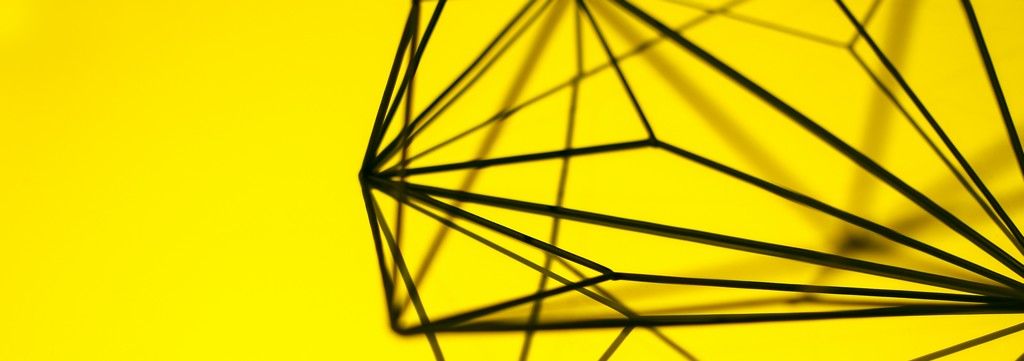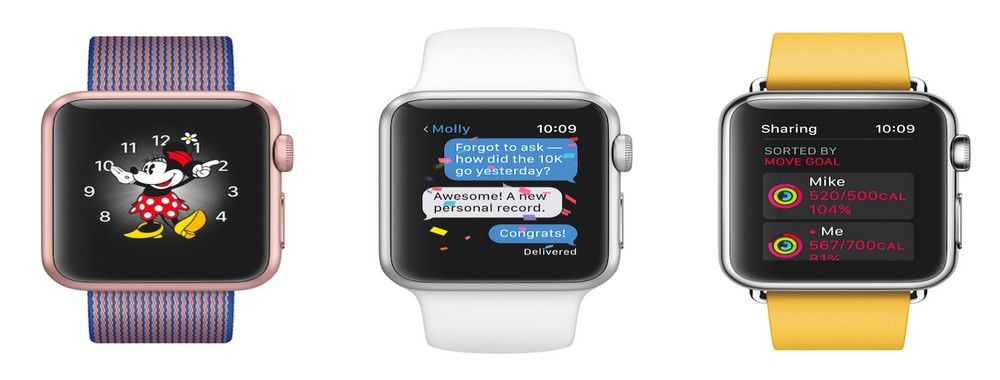Design is for solving problems. It’s become generally understood that this is the main concern of design and that other considerations are secondary to solving problems. However, holistic design is a school of thought that disagrees with this approach. It still focuses on solving problems but takes an approach to the design which sees the system as an interconnected whole that is part of a larger world. In this system secondary considerations become primary considerations alongside the problem solving aspect of design.

Author/Copyright holder: Maurizio.Carta. Copyright terms and licence: CC BY 3.0
Here we see some of the areas that a holistic designer might need to consider in smart city design when using a holistic approach.
Architecture and Holistic Design
One of the most common design areas to benefit from a holistic approach is architecture. Sure, every home owner wants to solve the problem of a roof over their head and almost every business premises owner or tenant wants to solve the problem of where to put their business but they also want more than that.
Architects’ clients are also concerned with aesthetics (who wants an ugly home or offices which deter clients from stepping through the door?). They’re interested in the layout of space inside a building (most people prefer not to have a kitchen in the bedroom or the boardroom). They want to be certain that their energy consumption is kept to a minimum given that heating or cooling systems will be one of their largest expenses after purchase. These clients may also want things that they don’t need but have the budget for anyway (play rooms, studies, meeting rooms, etc.).
Holistic design approaches in architecture enable architects to account for all of these things. They examine the way that the design will appear aesthetically – in context. They’ll look at neighboring buildings and open spaces. They’ll consider the position of the sun at different times of day and how light will play on the surface. Then they’ll examine the use of the space and consider what sort of messages the design should project.
Sustainability will be examined from a materials perspective (how long will the structure last?) and from an environmental perspective (how to reduce energy consumption? Solar panels? Structural ordering?) Can materials be recycled when a building is completed?
There may even be spiritual considerations in holistic design. Does this building enrich the lives of the people who will use it and interact with it in other ways? After all, architects who want to be “in demand” with clients are going to want to win awards and a great way to do that is to build structures that do more than just function as a roof over people’s heads.

Author/Copyright holder: Smuconlaw. Copyright terms and licence: CC BY-SA 4.0
Holistic design may not always consider spirituality literally (as this inclusion of a temple on the campus of University of Singapore does) but it may be an important underlying theme in the design.
There are other considerations that are less noticeable but still vital in this approach – such as the approach to craftsmanship in delivering the final product. A multi-million dollar apartment, for example, is likely to need rather more careful finishing than a $20,000 starter apartment.
How To Conduct Holistic Design?
Yves Behar, the founder of fuseproject and renowned designer, offers 7 key principles for designers (of any type not just architects) to incorporate holistic design in their work:
- Begin with questions rather than answers. Instead of acting on a brief which already dictates the answers – it’s important to ask questions which put the problem in its holistic context. “How could this solution be more sustainable?” for example.
- Deliver more, not less. Don’t reduce functionality to meet holistic goals – improve the functionality and meet holistic goals.
- Create your own theories. Borrow shamelessly from other disciplines (other than design) and adapt theories from those disciplines to deliver greater designs.
- Use 360 degree design. Look at the whole customer lifecycle of a product and design from marketing to disposal.
- Consider alternative business models. Behar’s business recognizes how hard it can be for clients to trust the iterative holistic design process and often trades royalties or equities rather than charging traditional fees.
- Do better. Look at projects which seem impossible and then aim to deliver them anyway. The $100 laptop benefits the world and the design team.
- Find what you want that everyone else wants. Create change and meet unmet needs. Change the game forever.

Author/Copyright holder: Freeformer. Copyright terms and licence: CC BY-SA 3.0
Product and customer lifecycle considerations can make it easier to think holistically.
The Take Away
Holistic design goes beyond problem solving to incorporate all aspects of the ecosystem that a product is used in. It is concerned with aesthetics, sustainability, spirituality and other aspects of “wants” rather than “needs”. While it is most commonly employed in architecture with a little thought it can be adapted to any form of product or service design.
Not every project a designer works on will have holistic design considerations but it’s worth being aware of this concept for when the occasion or opportunity arises. It’s holistic design which supports Issey Miyake’s assertion that “Design is not for philosophy – it’s for life.”
Resources
Read Yves Behar’s tips in detail at Triple Pundit - http://www.triplepundit.com/2011/11/yves-behars-7-principles-holistic-product-design/
Hella Jongerius offers a call to become involved in holistic design (Warning! This may be NSFW in some workplaces –mild profanity is used in the article). - http://www.dezeen.com/2015/02/25/hella-jongerius-design-indaba-industry-new-holistic-approach/



